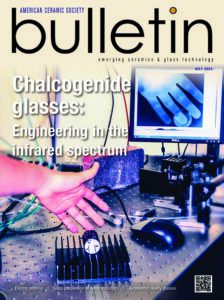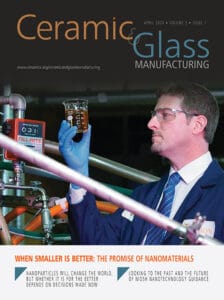Prof. Elżbieta Pamuła, PhD DSc Eng, FBSE
ORCID: https://orcid.org/0000-0002-0464-6189
ResearcherID: A-2813-2017
Scopus: 6602978082
AGH University of Krakow
Faculty of Materials Science and Ceramics
Department of Biomaterials and Composites
Al. Mickiewicza 30, 30-059 Kraków, Poland
Elżbieta Pamuła is a full professor in biomaterials science and biomedical engineering at the AGH University of Krakow, Poland. Currently, she serves as a Vice-Dean for Science at the Faculty of Materials Science and Ceramics and a President of the Polish Society for Biomaterials. With her team, she works on resorbable polymeric and composite scaffolds and matrices for tissue engineering and regenerative medicine, drug delivery systems, especially those administered by inhalation or injection, and in nanomedicine. She has published more than 140 peer-reviewed papers, 14 book chapters and 9 patents. In 2020 she was elected Fellow Biomaterials Science & Engineering (FBSE).
Title: Multifunctional ceramic, polymer and composite biomaterials for bone tissue regeneration and treatment
Infected or critical size bone injuries that do not heal spontaneously need special therapies and/or tissue engineering approach. Biomaterials supporting the treatment of such bone lesions should be designed to kill pathogenic bacteria, followed by facilitating osteogenic cell signalling and bone tissue expression processes. In our research, we design multifunctional biomaterials that provide mechanical support and are integrated with bone tissues (titania and zirconia ceramics) [1,2] or are made of biodegradable polymers, so their disappearance from the treated lesion is correlated with the ingrowth of native tissue [3,4]. Both types of biomaterials can be modified to deliver drugs or biologically active substances to support bone tissue regeneration. We found that the deposition of calcium phosphate, collagen, or sulphated hyaluronan on polymer scaffolds promotes cell osteogenic differentiation and the healing of osteochondral defects [3,4]. We also developed biomaterials dedicated to infected bone in the form of polymeric micro-/nanoparticles loaded with antibiotics [1,2,5,6]. They can be used as a component of injectable matrices [5,6] or be immobilised on the pore walls of scaffolds, to obtain implantable medical devices, when mechanical support is particularly essential [1,2]. The developed biomaterials release the drugs in a controlled manner to be adapted to the clinical needs.
References
[1] Ł. Rumian et al., Materials Letters, 2017, 190, 67-70
[2] G. Desante, I. Pudełko et al., ACS Applied Materials & Interfaces 2023, 15, 21699–21718
[3] M. Krok-Borkowicz et al., International Journal of Molecular Sciences 2020, 21, 7541
[4] I. Wojak-Cwik et al., Materials Science and Engineering C 97, 2019, 12-22
[5] K. Kwiecień et al., International Journal of Molecular Sciences 2022, 23, 12077
[6] U. Posadowska et al., Expert Opinion on Drug Delivery 13, 2016, 613-620
Subscribe to Ceramic Tech Today

Don’t miss the latest ceramic and glass materials news. Receive the CTT newsletter to your email three times a week by subscribing at this link.
Subscribe to Ceramic & Glass Manufacturing Weekly

Don’t miss the latest ceramic and glass business news. Receive the C&GM Weekly newsletter to your email every Monday by subscribing at this link.


